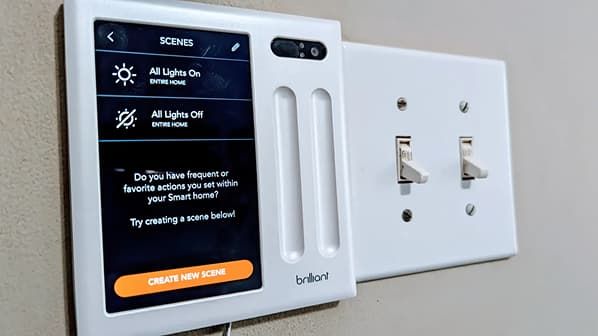Every home network has an unsung hero working behind the scenes - the default gateway. This critical piece of equipment serves as the gateway between your local devices and the great big world of the internet. While most users will never have to directly interact with their gateway, being able to find it and understanding its importance can change the way you manage your network.
A Brief Guide to Construction Jobs

What is a Default Gateway Exactly?
Your gateway is actually your router’s IP address on your local network. It is the entrance of your online house. Any computer on your network that wants to communicate with the outside world must first pass through this gateway. Without it, your computers would be isolated from the rest of the world and could not access websites, cloud services, or any destination outside your local network.
The default gateway has the key decisions to make regarding routing. When your smart TV, smartphone, or PC wants to download a website, it doesn’t actually know how to reach that distant server. Instead, it formats the information and sends it to the default gateway, which makes a choice regarding what is the best course of action through the internet’s extremely complex network of connections.
Find Your Default Gateway on Different Devices
Every user can locate default gateway easily through any common operating system. You can locate your default gateway IP address in Windows by accessing Command Prompt to execute “ipconfig” which shows networking information. You can also locate your IP information under System Preferences > Network and then navigate to the current connection before using “Advanced” to reach the TCP/IP tab in Mac.
Users can access the gateway through mobile device settings via the options sit further down in the menus. Within your Android Wi-Fi settings you should hold down your connected network to access modification then follow “Modify network” until you reach the advanced options which include the gateway. iPhone users will find this gateway by tapping the information icon next to your connected Wi-Fi network.
Linux users will have a number of choices, including running terminal commands like “ip route” or “netstat -nr” that provide routing information. The address of the default gateway will be obviously apparent from the command line, typically starting with 192.168 or 10.0 for most home networks.
Why Your Default Gateway Matters More Than You Think
Knowing your default gateway provides you with many opportunities for troubleshooting and network management. When you have connectivity problems, knowing how to test if you can access your gateway can shorten the problem-solving time by half. If you can only access the gateway but not any other machines, the fault would more likely be with your router or internet service provider than your computer.
Above all, the default gateway IP address is the gateway to your router’s administration page. The gateway can be accessed through web browser input of 192.168.1.1 or 192.168.0.1 addresses which leads to an advanced settings interface. With the advanced settings you can rewrite passwords for Wi-Fi networks while also creating guest access points plus implementing parental supervision features for network filtering and adjusting Quality of Service preferences to boost priority applications.
Network security also depends on sound gateway management. You can install firmware upgrades to seal security loopholes, customize your firewall options for intrusion defense, and search for hostile devices attempting to breach your network through the admin screen on your router. Most routers today also come with sophisticated options like intrusion detection systems that you can enable via this interface.
The Gateway to Advanced Networking
For those who are willing to dig deeper, the default gateway is the portal to advanced networking concepts. Port forwarding, through which external connections can be routed to specific devices on your network, is configured through your gateway. It is used to host game servers, use remote desktop applications, or set up home surveillance systems that can be accessed remotely from outside your network.
Virtual Private Networks (VPNs) frequently may be enabled at the gateway level, enabling all devices connected to your network to be encrypted without having client software installed on each. And Quality of Service options can preserve your video conferencing calls in pristine quality despite other users within your home streaming high-def material.


Guess you like
-

Strategies and Tools to Ensure Comprehensive Data Security in 2025
-

5 Brilliant Protection Tips with Your Phone Data
-

Uncover the New Jeep Lineup 2025 and Its Attributes
-

Crossplay Chaos: What’s Really Up with PUBG’s Platform Divide?
-

Why Buying an Electric Bike is a Smart Decision in 2025
-

Practical Upgrades That Give Your Old Android a Brand New Life
Trending
-
 1
1A Smarter Way to Surf the Web with ChatGPT Atlas
-
 2
25 Apps Using Apple Intelligence to Transform Your Daily Life
-
 3
3Five AirPods Features That Make Everyday Listening Smarter and More Seamless
-
 4
4Battlefield 6 Beginner Tips for Winning Fights and Surviving Each Mode
-
 5
5Your Chatbot AIs Could Soon Determine What You View on Facebook and Instagram
-
 6
6How Seam Sealer Quietly Keeps Your Car Alive


